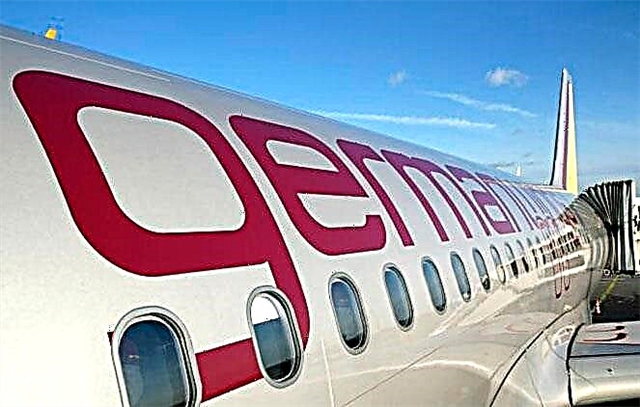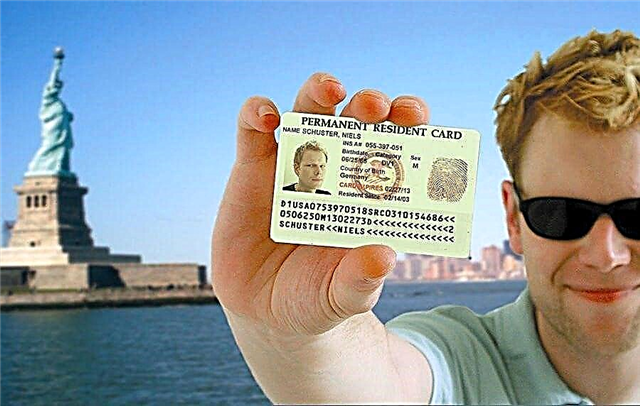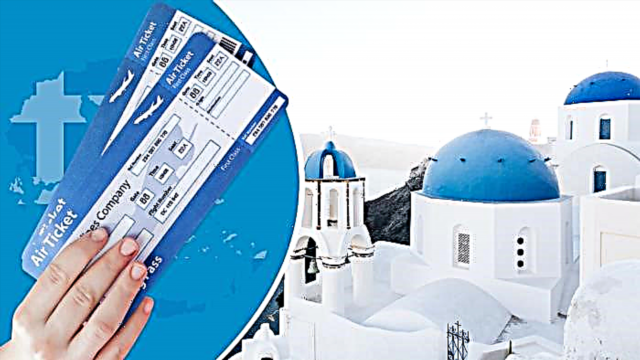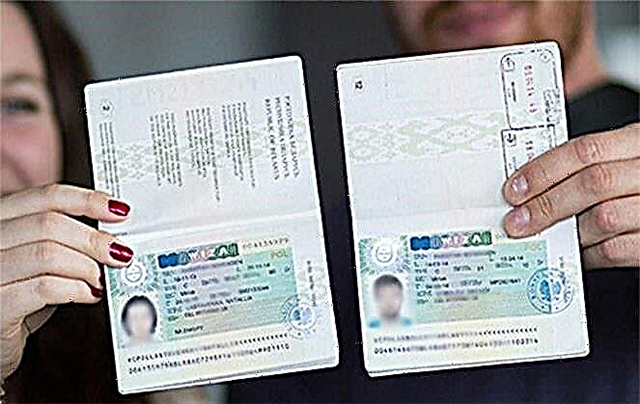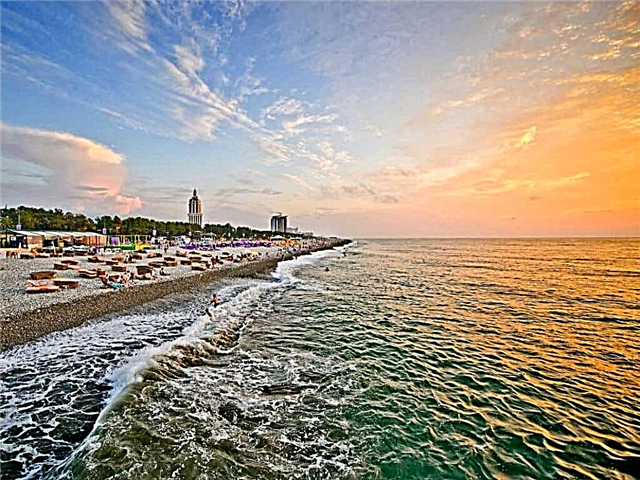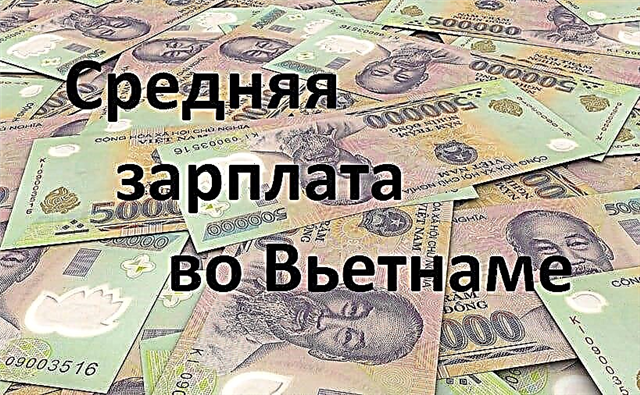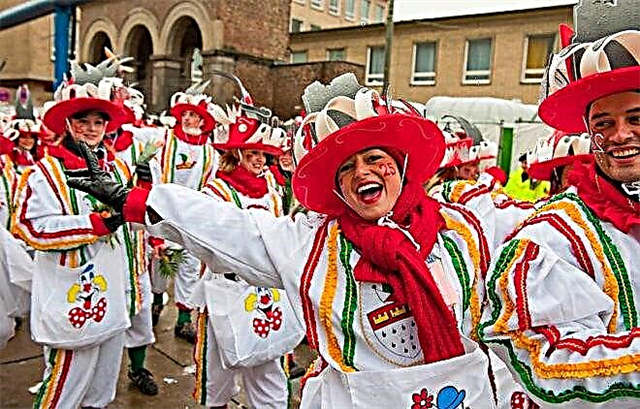In all respects, the Cologne Carnival can be put on a par with the carnivals that take place in Venice and Rio de Janeiro. To take part in the celebration, people take the weekend and come to Cologne even from other cities. The grand event is over 180 years old. This fancy-dress festival can be called a landmark of Cologne, albeit not a material one.

Brief history of the holiday
The Cologne Carnival is one of the largest and most famous in Germany. In the days when Cologne was a Roman colony, he inherited the tradition of the ancient festival in honor of Saturn, according to which slaves received the same rights as masters.
The Venice Carnival also influenced the nature of the festival, therefore Cologne was nicknamed the German Venice.
Since 1823, carnival committees have been elected to facilitate the organization of the festivities. In the same year, residents of Cologne celebrated Pink Monday for the first time in history, which today is the culmination of the festival. The cast of characters was selected in advance - a triumvirate: Virgo, Prince and Peasant. All the main roles were played by men, this tradition has not changed today.
Cologne carnival today
Nowadays, the main heroes of the holiday are not only folklore characters, but also famous political figures, including heads of state. Figures for carts for carnival processions are prepared in advance from papier-mâché.
For each year, a motto is chosen, only it sounds not in literary German, but in the Cologne dialect. You can often hear the chant "Kölle Alaaf!"
During the mass procession, sweets are thrown into the crowd directly from the carts. Party participants need to catch treats on the fly. Not only adults, but also children of different ages always take part in costume groups at all festivals.

There is a saying about the inhabitants of Cologne that they would rather lay their bed than refuse to take part in the theatrical performance.
The "fifth season", as the carnival is also called, ends with a noisy and fun week. The last days are walking until late at night, residents of Cologne, as well as visiting guests, sit in pubs and restaurants. Jesters and buffoons roam the streets.
Over the years of the existence of a noisy fancy-dress festival, its own traditions have developed. During this period, balls, "carnival meetings", a large festival on the streets of Cologne, and a magnificent parade on "Pink Monday" are held.
Holiday plan
The opening of the season takes place before the main events - on November 11 at 11 hours 11 minutes. At this time, the first mummers are already appearing on the streets. From this moment on, the carnival committee begins to work actively, coming up with the slogan of the holiday and the song with which the procession will go, and the organizers will also have to choose the main characters.
Directly the carnival itself starts at the end of February, if you count the date back from the beginning of Lent: the main day of the celebration - Monday - should be the last one before Lent.
The start of the action is announced on Thursday, which is called "womens" (Weiberfastnacht).
The main spectators in the square are women dressed in carnival costumes. At 11:11 am local time, the beautiful half of humanity takes the building of the city hall by storm and proclaims a temporary matriarchy.
Women start hunting men. Meeting their "victims" on the street, they cut their ties to the very knot. For this reason, on such a day, a strong half of humanity puts on either paper dummies or old ties.
The “victim” who has aroused sympathy may be invited to “drink the peace” at a nearby bar or other place of the woman's choice. You cannot refuse a lady on this day, such behavior on the part of a man is considered a sign of bad taste.
Friday is calm. In bars and cafes you can see friendly companies enjoying live carnival music. On Saturday, people gather in the streets again. On this day, they dress up as ghosts, spirits and other representatives of otherworldly forces. A large "procession of spirits" is organized.
In the evening, an amateur competition takes place on the Neumarkt square. Various groups perform in the open air. Sunday is children's day.
A costume parade of schoolchildren and children is taking place along the central streets of the city; sweets are given free of charge to young participants in shops.
Pink Monday is the culminating day. And again at 11:11 am from Chlodwigplatz a long column (6 km) begins its movement, which consists of the district communities of the city. Each group of participants carries on wheels a papier-mâché figure, usually a caricature of a popular politician, not necessarily German.
Since sweets and chocolates are often thrown into the crowd, many tourists take “advantageous” spots on the sidewalks in advance. Residents of the second and third floors even rent out the windows and balconies of their apartments for a few euros.
According to statistics, more than 10 thousand people, half a thousand horses, about a hundred mobile platforms and almost 150 orchestras take part in the procession. During these hours in the center of Cologne there are up to 1.5 million people.
The main characters of the holiday - the Prince, the Virgin and the Peasant - are moving in front of the column.
After such noisy fun comes a quiet "violet Tuesday". The day passes quietly. Only in the evening on the Alter Markt they burn a huge straw effigy of sins, receiving cleansing before Lent. The main fun on Tuesdays is in bars and pubs.
Then comes "Ash Wednesday" - the day of the official end of the carnival. Participants paint crosses on each other's foreheads made of soaked ash, and restaurants serve fish dishes.
Government offices are closed during carnival week. Only employees of hotels, cafes, bars, restaurants work these days, because the city is overflowing with tourists. According to statistics, these days about 100 million euros are spent in Cologne, of which 60 is spent on costumes, the rest remains in entertainment establishments.
Carnival dates and entrance fees
A tentative schedule of events can be found on the official website of the Cologne Carnival. In 2021, Pink Monday will be March 4th. Accordingly, March 5 is "Violet Tuesday" and March 6 is "Ash Wednesday". On Sunday, March 3, a holiday for children will take place, and on February 28, women will go hunting.
However, it is not only the carnival week that is interesting. For example, on November 3, 2021, there will be an event at the Carnival Museum. In January 2021 (the date will be announced later) the action will take place at the Cologne Cathedral.
Carnival-related events take place over several months, January and February will be especially intense in the coming year.
Ticket prices start from 40 euros. You can order tickets and guest cards from the special carnival service on 0221/574 00-25 or by email ([email protected]).
A carnival committee bus is parked in Neumarkt, where you can also buy festival cards and tickets to the city stands to watch the main procession. They work on Tuesday-Friday from 9.30 to 18.30, on Saturday from 9.30 to 16.30.
How to get to the Cologne Carnival
You can get to the carnival without any problems from any city in the country. Germany is preparing for this grand holiday, so on the eve of it, more than 130 additional trains are launched to Cologne.
Train trains run from Mönchengladbach, Dusseldorf, Dortmund, Solingen, Siegen, Eiffel and Aachen with a short time interval.
There are also sightseeing trains (S-Bahn, line 6) between Cologne and Düsseldorf so that tourists can get to know the Cologne surroundings.
Summarize
The Cologne Carnival is the largest carnival in Germany. It has been compared to similar performances in Venice and Rio de Janeiro. Preparations for the carnival week, which takes place in February or March, begin in November of the previous year.
The main characters of the holiday are the Virgin, the Prince and the Peasant, but attention is also paid to popular politicians, whose caricatures are carried on carts during the main procession.
Carnival week attracts guests from all over Germany and foreign tourists. These few days become one big celebration, when mummers walk the streets of Cologne, music sounds, and bars and restaurants are full of visitors.


